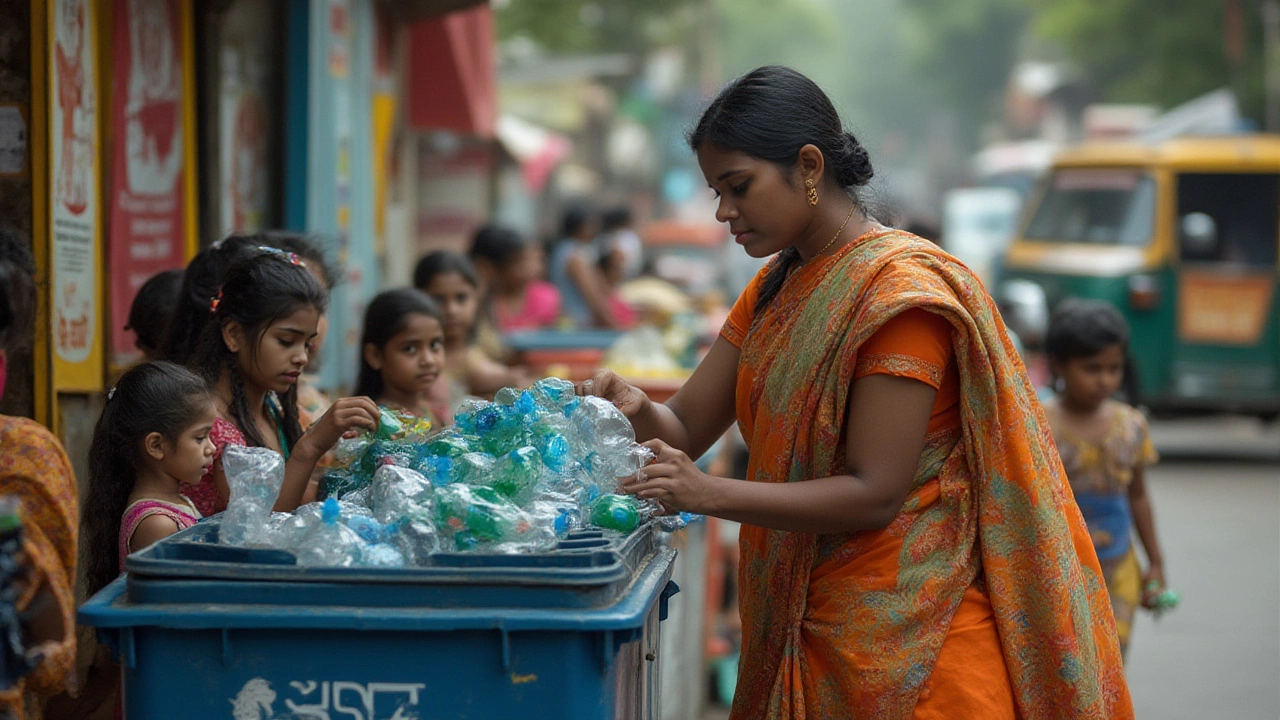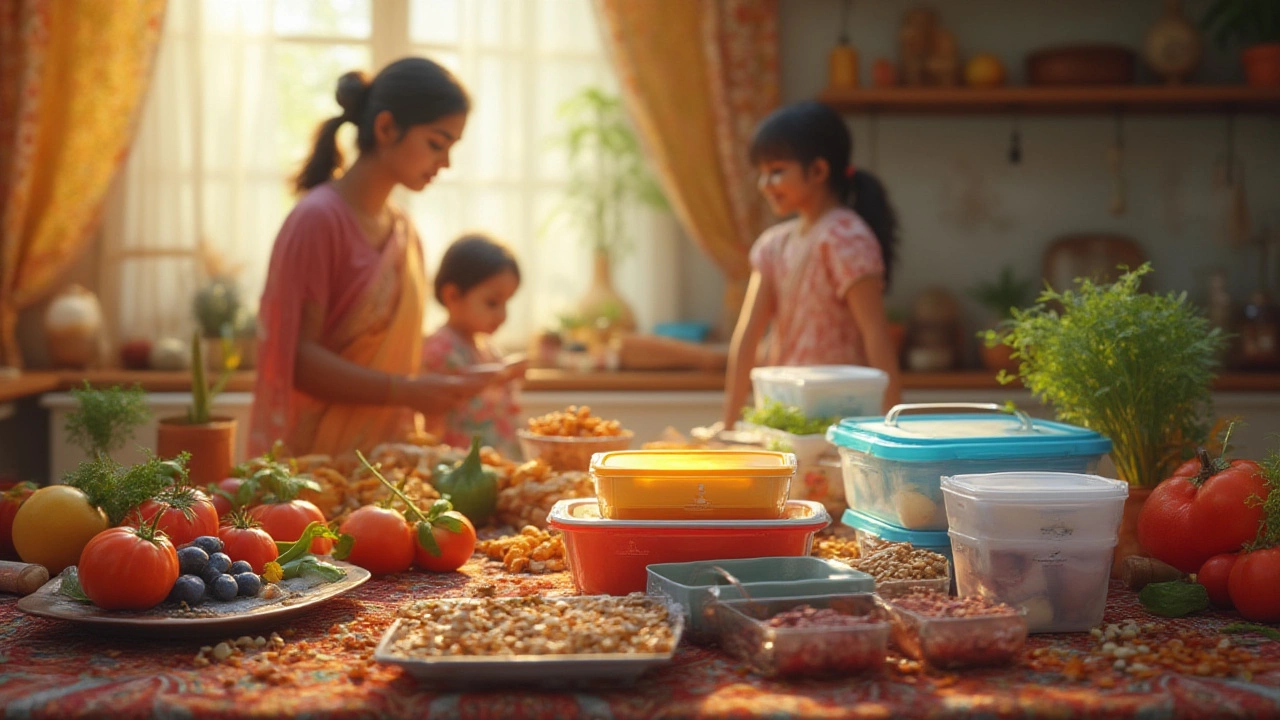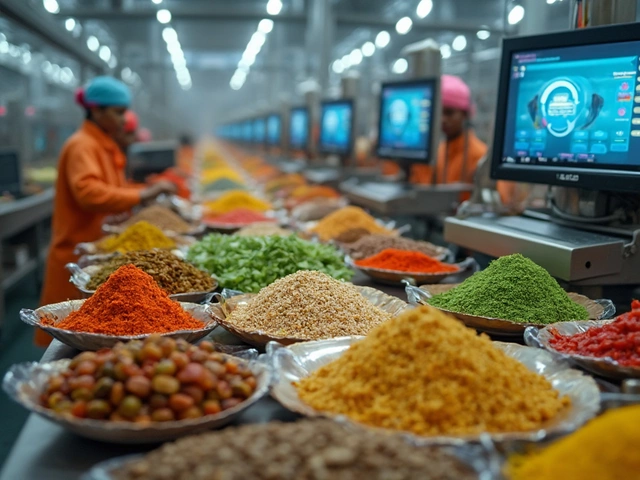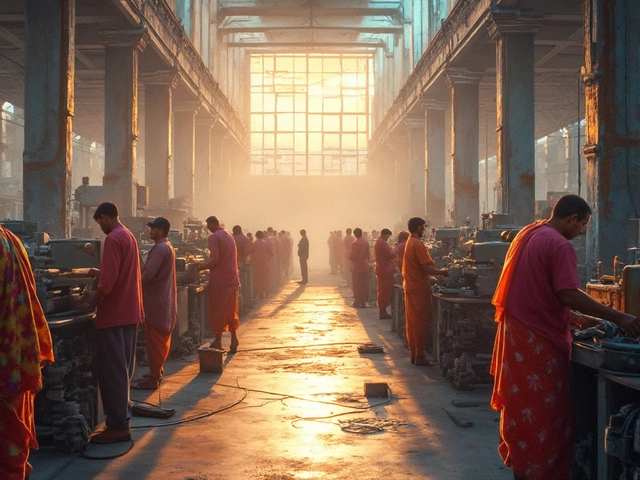Ever noticed those tiny triangular arrows stamped on your takeout container or yogurt cup? If you look closely, inside that triangle sits a number—sometimes it’s 1, maybe it’s 2, but see a 5? That’s code 5 plastic, also known as polypropylene. It sounds technical, but the impact of that number is anything but small. Every time you warm up leftovers or stack up plastic lunch boxes, you’re probably handling code 5 plastic. The question is, what does that really mean for you—and the planet?
What Is Code 5 Plastic?
Code 5 plastic is polypropylene, abbreviated as PP. It’s recognized for its strong resistance to heat, snapping, chemicals, and even a little rough-and-tumble in your daily routine. Invented in 1954 by Italian chemist Giulio Natta, polypropylene has become the secret sauce in everything from kitchen gadgets to automotive parts. But the biggest clue to its value is that classic triangle with the number 5—that’s not just a recycling symbol, it’s an industry code telling you exactly what material you’re dealing with.
Polypropylene is lightweight but doesn’t feel flimsy. It’s less dense than water, so it floats. Its structure, with repeating units of propylene monomers, gives it a unique toughness. That’s why reusable ice cream tubs, dishwasher-safe plates, and even medical syringes rely on it. The melting point is higher than most household plastics, usually around 130°C (about 266°F), which means it can take your hot coffee without turning into a sad puddle. Ever boiled water in a plastic kettle? Chances are, that kettle was made from PP.
The color spectrum for polypropylene is wide open—manufacturers can dye it any hue, which is why toys, gearboxes, and vibrant food container lids showcase a rainbow of PP options. It also resists mold, mildew, and even electrical current, making it a favorite in home wiring insulation and hospital sterilization trays. Plus, PP isn’t brittle in cold climates. It keeps its flexibility, which matters if you’ve ever dropped a food container straight out of the freezer and expected it to survive.
But here’s something you might not know: more than 75 million tons of polypropylene are produced every year. You see it in packaging, caps, automotive bumpers, reusable shopping bags, straws, ropes, carpets, and even diapers. Its versatility is off the charts. So next time you grab a yogurt cup or cleaning bucket, you’re likely holding code 5 plastic without even thinking about it.
Common Uses, Real-World Facts, and Identification Tips
Code 5 plastic pops up in practical, everyday roles that you probably take for granted. Most medicine bottles, straws, flip-top lids on condiment sauces, and durable cookware are all made from polypropylene. Got a bag of potato chips with that shiny, crinkly inside? That’s PP film, keeping snacks fresh and crispy. If you use microwavable containers featuring a code 5 symbol, you can reheat meals without worrying about the plastic warping or melting under reasonable temperatures.
When it comes to recycling symbols, code 5 isn’t as mysterious as it looks. You’ll see a triangle (the "chasing arrows" symbol) with a 5 right in the center, often near the bottom of containers. The letters “PP” are usually stamped near it. If in doubt, just flip your container over—the symbol is usually molded into the plastic to help, though sometimes it can be hard to spot on colored or opaque plastics. It’s honestly like a scavenger hunt every time you organize your recyclables.
It doesn’t stop at food containers, though. Car bumpers, interior trim, battery casings, and coolers are all loaded with polypropylene. Non-woven fabrics in baby wipes, sanitary pads, and the blue-and-white surgical masks that became part of everyone’s wardrobe after 2020? Right, those use PP fibers too. Industrial strength sacks (called "FIBCs") for transporting huge quantities of dry goods—such as grain, sugar, or cement—are made of woven PP yarns. This plastic isn’t trying to hide; it’s woven into the fabric of modern life.
Here’s a tip: Polypropylene doesn’t shatter. If you drop it, it’s more likely to flex or dent than break into sharp pieces. So if you have a plastic bin or basket that just won’t crack, even after years of abuse, there’s an excellent chance it’s code 5.
| Common Product | Polypropylene (Code 5)? | Why PP Is Used |
|---|---|---|
| Yogurt cups | Yes | Heat resistance, food safety |
| Microwaveware | Yes | Does not warp/melt easily |
| Disposable diapers | Yes | Wicks moisture, hypoallergenic |
| Milk bottles | No (usually HDPE, code 2) | Sturdiness, different chemical properties |
| Bottle caps | Yes | Strength, tight seal |
| Plastic drinking straws | Yes | Flexibility, flavor resistance |
| Takeout containers | Often | Heat resistance |
| Plastic bags | Not usually (most are LDPE, code 4) | Softer, more flexible plastic works better for bags |

Is Code 5 Plastic Safe? The Science and the Gotchas
Safety is probably the number one question when it comes to plastic touching your food, drink, or skin. Code 5 plastic, or polypropylene, is ranked among the safer plastics. Why? Its structure is stable, and it doesn’t leach chemicals like Bisphenol A (BPA) or phthalates under normal use. The FDA has officially given polypropylene its stamp of approval for food contact applications in the US, and many international health authorities agree. It’s why you’ll see code 5 plastic used in baby bottles, food storage containers, and medical devices.
Still, heat is the big issue. Polypropylene can handle microwave and dishwasher temperatures, but there’s a catch—don’t overdo it. If heated until it visibly deforms or is used past the manufacturer’s intended limit, any plastic, including PP, may start releasing microplastics or degrade. If a container looks warped or cloudy after countless microwaves, it’s probably time to retire it. And remember, while some code 5 plastics can be microwave-safe, not all are guaranteed—it depends on additives and colorants used. Always check the label or manufacturer’s recommendations first.
There's also good news compared to other plastics. Scientific reviews conducted in 2023 at several leading university labs globally showed practically negligible migration of harmful compounds from pure PP to foods, even when containers were exposed to hot soups or acidic sauces. Compared to polycarbonate or polystyrene (codes 7 and 6), which are known leachers, polypropylene stands out for its safety record.
But, let’s not ignore allergies—very rare, but some individuals might react to additives in specific PP blends. Colorants, plasticizers, or recycling contaminants can sometimes be problematic for people with highly sensitive skin or food allergies. If you have allergies, try to stick to food-grade, color-free polypropylene products made by reputable manufacturers.
As for the environment and human health? Here’s a reality check: while code 5 plastic is safer in your home, when it breaks down as microplastics in the wild, it’s just as persistent as the rest. It doesn’t degrade rapidly in nature, so smart use and responsible recycling really matter.
Recycling Realities and How to Make the Most of Code 5 Plastic
Here’s where things get tricky. You’d assume a plastic that’s so safe and versatile would be recycled everywhere, right? Not so fast. Polypropylene recycling rates used to be shockingly low—often under 1% globally as of 2018. The problem isn’t that it can’t be recycled: it just hasn’t been. PP is completely recyclable, but until a few years ago, many cities didn’t accept it curbside because processing and sorting it was a hassle. Things are changing, though. Thanks to new technology, recycling plants now recognize and process code 5 plastics better than ever.
Some major brands have even launched buy-back initiatives. For example, in 2022, a European consortium reported their efforts boosted PP recycling rates up to 12% in select regions by piloting food container take-back programs. In the US, companies like TerraCycle offer special mail-in boxes for collecting polypropylene lids, straws, and containers that aren’t picked up curbside. It’s getting easier to do your part—check with your local recycler to see if they accept code 5 now.
- Wash food residue off your containers before tossing them in the bin. Oil and food bits ruin batches of recycled plastic.
- Remove any paper stickers or metallic film linings (such as those fake metal-looking chips bags). The recycling machines can’t process those mixed materials well.
- Don’t try to recycle flexible PP (like woven sacks and fibers) with rigid containers—they’re processed differently.
- If you have no option to recycle, upcycle: Reuse food containers for organizing hardware, art supplies, or leftovers before tossing.
Some forward-thinking designers have started turning recycled PP into outdoor furniture, playgrounds, and even components for 3D printing. Because polypropylene tolerates heat and stress so well, recycled PP often ends up in car parts or used to make new containers, a win for the circular economy.
But there’s a catch—unlike PET (code 1), which is widely recycled into new bottles, recycled PP may not always return to food-contact applications. Often, it ends up as "downcycled" products, like park benches, pallets, or flowerpots. The hope is that better sorting and cleaning tech will close that loop tighter in coming years. Some industry projects are aiming for true food-safe, "bottle-to-bottle" PP recycling by 2027. If that happens, it could seriously boost the stats shown here:
| Year | Global PP Production (million tons) | Global PP Recycling Rate (%) |
|---|---|---|
| 2012 | 52 | 0.5 |
| 2018 | 75 | 0.9 |
| 2022 | 80 | 3.2 |
| 2024 | 83 | 8.5 |
If you care about sustainability, keep an eye on recycling changes in your town. The more code 5 plastics you divert from landfills, the less pressure we all put on the environment. If a plastic item is marked with the triangle-5 symbol, always check: Can your local program accept it yet? If yes, toss it in clean—if not, get creative with re-use ideas, or find mail-in recycling boxes.
So, code 5 plastic—polypropylene—is everywhere, performs like a champ, and isn’t hiding anything sketchy under your microwave dinner. It’s safe, tough, and recyclable, especially as technology and awareness improve. Next time you spot that triangle with a 5, you’ll know exactly what you’re dealing with—and maybe even know how to give it a second life.





